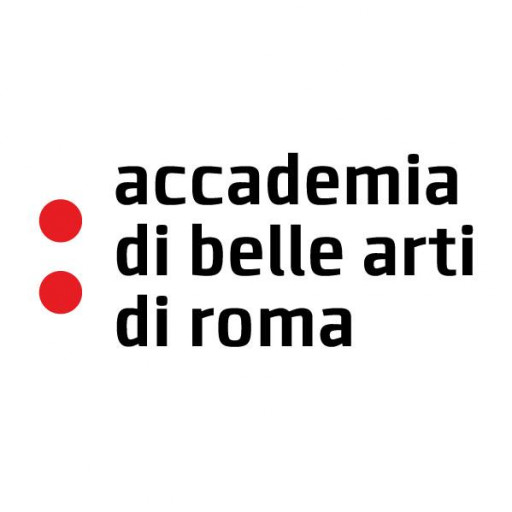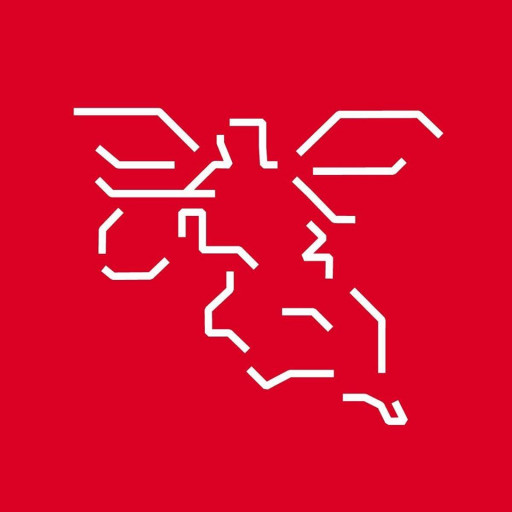The Bachelor of Design with a specialization in Graphic Design at Swinburne University of Technology offers students a comprehensive education in the fundamentals and advanced practices of visual communication. This degree program is designed to prepare students for a dynamic career in the creative industry by equipping them with the skills necessary to develop compelling visual solutions across a variety of digital and print platforms. Throughout the course, students will explore core areas such as typography, branding, advertising, illustration, and user experience design, fostering their ability to think creatively and work professionally. The curriculum emphasizes hands-on learning, combining theoretical knowledge with practical projects that simulate real-world design challenges. Students will have access to state-of-the-art studios, software, and industry-standard tools, enabling them to develop a robust portfolio that showcases their talents. The program also includes opportunities for industry engagement through internships, collaborations, and industry-sponsored projects, helping students build networks and gain valuable practical experience. Swinburne's emphasis on innovation and technological proficiency ensures graduates are well-prepared for evolving trends in digital media, interactive design, and visual storytelling. The Bachelor of Design with a specialization in Graphic Design aims to cultivate versatile and creative designers who can contribute effectively to branding agencies, advertising firms, publishing companies, and digital media organizations. By the end of the program, graduates will possess the technical skills, creative mindset, and professional confidence to excel in the competitive field of graphic design and related disciplines.
The Bachelor of Graphic Design at Swinburne University of Technology offers students a comprehensive education in the art and practice of visual communication. This innovative program is designed to equip students with a diverse range of skills necessary for successful careers in the creative industries. Through a combination of theoretical knowledge and hands-on practical experience, students learn to develop compelling visual solutions that effectively communicate ideas, messages, and stories across various platforms and media. The curriculum covers fundamental topics such as design principles, typography, illustration, branding, user experience (UX) design, and digital media. Students are encouraged to explore new technologies and emerging trends in graphic design, enabling them to stay ahead in a rapidly evolving field.
Throughout the program, students engage in collaborative projects, fostering teamwork, problem-solving, and critical thinking skills essential for professional practice. They also have opportunities to develop their personal style and creative voice, supported by industry-experienced lecturers and mentors. The program emphasizes real-world applications, with students participating in internships, industry projects, and workshops facilitated by professionals from the design industry. This close industry connection ensures graduates are well-prepared for employment or further study. Graduates of the Bachelor of Graphic Design can pursue careers in various sectors, including advertising, branding, digital media, publishing, and multimedia production. They leave the program with a strong portfolio that showcases their skills, creativity, and versatility as visual designers, ready to contribute to the dynamic world of graphic design.
To get into this qualification, individuals must offer proof their ability to:employ visual communication history and theory to have expert practiceproduce professional typographyproduce graphic designs for three-dimensional and threedimensional software create and manipulate graphics and design complex publication layouts Skills and knowledge might have been acquired through graphicdesign work experience or through formal analysis.
The Bachelor of Design (Graphic Design) at Swinburne University of Technology offers a range of financing options for students to support their studies. Domestic students are eligible to access government financial assistance schemes such as HECS-HELP, which allows eligible students to defer their tuition fees until they are earning above the repayment threshold. This payment option significantly reduces the upfront financial burden and provides greater accessibility to higher education. Additionally, students may qualify for scholarships and bursaries offered by Swinburne University based on academic achievement, financial need, or specific criteria such as regional or indigenous status. These scholarships can substantially reduce the overall cost of the program and are awarded annually following an application process.
For international students, tuition fees must generally be paid upfront or through approved payment plans. Swinburne University provides various payment plan options to make funding more manageable, including semester-based or annual installment arrangements. International students are also encouraged to explore external sources of funding such as government-sponsored scholarships from their home country or international education grants.
Students often consider part-time work opportunities available on or near campus, which can help offset living expenses and supplementary costs related to studying. The university's Careers and Employability team offers support and guidance on employment options suitable for students’ study schedules. Additionally, students may consider private student loans or financial aid from banks and other financial institutions, although this route should be carefully evaluated concerning interest rates and repayment obligations.
It is important to plan one's finances carefully and consider all available options prior to enrolling in the program. Swinburne University provides comprehensive financial counseling services to help students understand their options and develop a sustainable financial plan. Overall, the financing options available for the Bachelor of Design (Graphic Design) program are designed to make higher education accessible and affordable, whether through government schemes, scholarships, or flexible payment plans.
The Bachelor of Design (Graphic Design) at Swinburne University of Technology offers students a comprehensive education in the principles and practices of graphic design, preparing graduates for diverse careers in the creative industry. The program emphasizes design innovation, visual communication, and the development of technical skills necessary for creating effective visual solutions across various media. Students are introduced to core concepts such as typography, branding, advertising, web and interactive design, and multimedia. The curriculum is designed to foster creativity, critical thinking, and problem-solving abilities, enabling students to produce compelling visual narratives and strategic design solutions.
Throughout their studies, students engage in hands-on projects, workshops, and industry placements that simulate real-world scenarios. The program also encourages the development of a professional portfolio, crucial for employment or further academic pursuits. Swinburne’s state-of-the-art facilities and faculty comprising experienced industry professionals provide an enriching learning environment. The university’s industry connections facilitate networking opportunities, internships, and collaborative projects with leading design firms and creative agencies. Graduates of this program are equipped with the skills to work in various fields, including advertising, branding, UI/UX design, motion graphics, publication design, and digital media. The program also emphasizes sustainability and ethical considerations in design, preparing students to contribute responsibly to the industry. Overall, the Bachelor of Design (Graphic Design) at Swinburne aims to nurture innovative thinkers who can adapt to the rapidly evolving digital landscape and contribute meaningfully to the world of visual communication.




